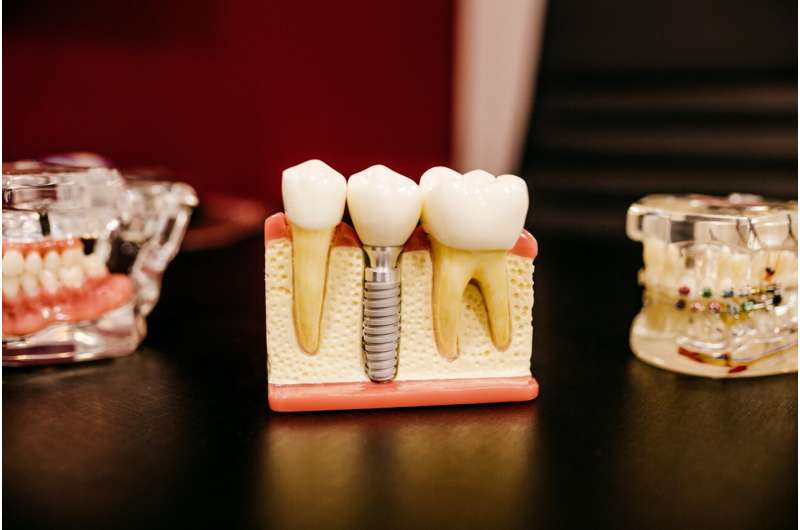Long-Term Advantages of Preserving 'Hopeless' Teeth through Regenerative Dentistry

A groundbreaking 20-year study shows that regenerative periodontal procedures can save severely damaged teeth, offering long-term health benefits and cost savings compared to extraction and implants. Discover how advanced treatments are transforming dental care.
A comprehensive 20-year study presented at EuroPerio11, the premier conference on gum health and implant dentistry, highlights the significant benefits of saving teeth with advanced periodontal regeneration techniques, even when they are severely damaged. Conducted by the European Federation of Periodontology, the research compared patients who underwent regenerative procedures to preserve their natural teeth against those who had the teeth extracted and replaced with dental implants or bridges.
The findings challenge the traditional view that teeth with extensive bone loss are hopeless and should be removed. Instead, the study demonstrates that regenerative treatments, which use surgical methods and biocompatible materials to rebuild lost bone and tissue, can effectively preserve natural teeth, providing comparable or superior long-term outcomes.
Involving 50 patients with severe periodontitis (Stage III or IV), each had at least one tooth with attachment loss reaching the apex. Participants were divided into two groups: one received periodontal regeneration to save the tooth, and the other had the tooth extracted and replaced. After two decades, the results showed that only four teeth in the regeneration group were lost, compared to two failures in implant replacements. Patients maintaining their original teeth also experienced stable gum health and minimal complications.
Cost analysis revealed that preserving natural teeth with regenerative procedures was significantly more economical over the long term, considering ongoing maintenance and repair costs. Dr. Simone Cortellini from KU Leuven emphasized that regeneration offers a powerful option to extend the lifespan of damaged teeth, reducing the need for costly replacements.
However, the procedure's success depends on proper patient selection, good oral hygiene, and compliance. Regeneration is most suitable for healthy patients who do not smoke and are motivated to maintain oral health.
Leading experts, including EuroPerio11 scientific chair Lior Shapira, agree that regenerative techniques can be highly effective in the right candidates, presenting a sustainable alternative to tooth replacement. The ongoing development of biomaterials promises to expand the applicability of these methods.
The core message from this landmark study is to preserve natural teeth whenever possible. Regenerative dentistry not only provides similar or better outcomes but also offers considerable savings over time. As Dr. Cortellini states, "If it were your tooth, wouldn't you want to try to keep it first?"
[source: https://medicalxpress.com/news/2025-05-term-benefits-hopeless-teeth.html]
Stay Updated with Mia's Feed
Get the latest health & wellness insights delivered straight to your inbox.
Related Articles
Impact of Parkinson's Disease on Voice-Based Emotion Recognition
Recent research reveals that Parkinson's disease can impair the ability to recognize emotions in voices, influenced by symptom asymmetry and treatment effects, highlighting the need for personalized care approaches.
Innovative Therapeutic Vaccine Targets HPV-Related Diseases
Researchers have developed a novel therapeutic vaccine based on recombinant protein Terah-7 that activates the immune system to combat HPV-related diseases, including cervical cancer, with promising preclinical results and plans for clinical trials.
The Impact of Cosmetic Products on Babies and Children: Hormonal Disruption and Allergy Risks
Exposure to adult cosmetic products can disrupt hormones and trigger allergies in babies and children due to their sensitive and developing skin. Learn about the risks and safe practices.



